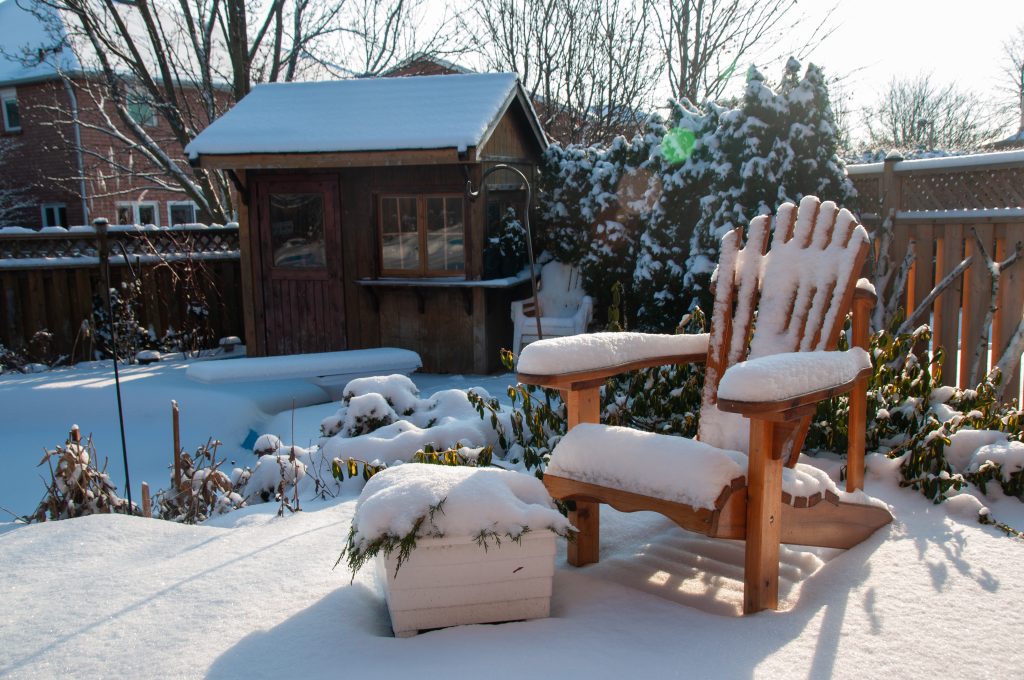It’s essential to treat crabgrass before it spreads! As the weather gets warmer, homeowners eagerly look forward to seeing their lawns come back to life. But with the warmer weather also comes an unwelcome visitor: crabgrass. At Giovine Landscaping, we know how frustrating this persistent weed can be, especially when you’ve put in time and care to create a lush, green lawn. The good news? Spring is the perfect time to tackle crabgrass before it takes over.
What Is Crabgrass?
Crabgrass is a fast-growing annual weed that thrives in the sunny, open spaces of your lawn. Named for its low, sprawling growth pattern that resembles crab legs, this weed germinates in the spring and spreads quickly during the warmer months. Left untreated, a single crabgrass plant can produce thousands of seeds, setting the stage for an even bigger invasion next year.
Why Spring Matters for Treatment
Timing is everything when it comes to crabgrass control. Spring is the best time to apply preventative treatments, ideally before soil temperatures consistently reach 55°F. Once the seeds germinate, it becomes much harder to control, and post-emergent treatments may be less effective. Luckily, the Giovine Landscaping lawn care treatments ensure that your garden remains stunning and healthy, which, when paired with other spring landscaping practices, can keep your backyard thriving.
Our Crabgrass Treatment Plan
We offer a comprehensive crabgrass treatment program tailored to your lawn’s needs. Our refined knowledge of crabgrass biology and treatments makes us the leading choice for the job. Our process begins with assessing your soil health to ensure your lawn is getting the nutrients it needs to thrive, as healthy, dense turf is one of the best defenses against weeds like crabgrass. We then provide expert advice on mowing height and watering frequency. Cutting your lawn too short or overwatering can create perfect conditions for crabgrass to grow. If any crabgrass manages to break through, we target those areas with selective post-emergent herbicides, minimizing damage to your existing grass.
Why Choose Giovine Landscaping?
We’re not just here to spray and go, we’re also your lawn care partners. With years of experience treating lawns across New Jersey, Giovine Landscaping provides thoughtful, seasonal care with a personal touch. We believe a great lawn is not just a visually appealing one, but one that is a healthy, thriving outdoor space you can enjoy all year round.
Let’s Get Ahead of Crabgrass This Spring
Spring is the time to act. Don’t wait until your lawn is overrun – contact Giovine Landscaping today to schedule your crabgrass treatment and keep your lawn looking its best. Call us at (724) 316-3064 to learn more about our full range of spring lawn care services. A beautiful lawn starts with smart planning, so let our team take care of all your needs!
